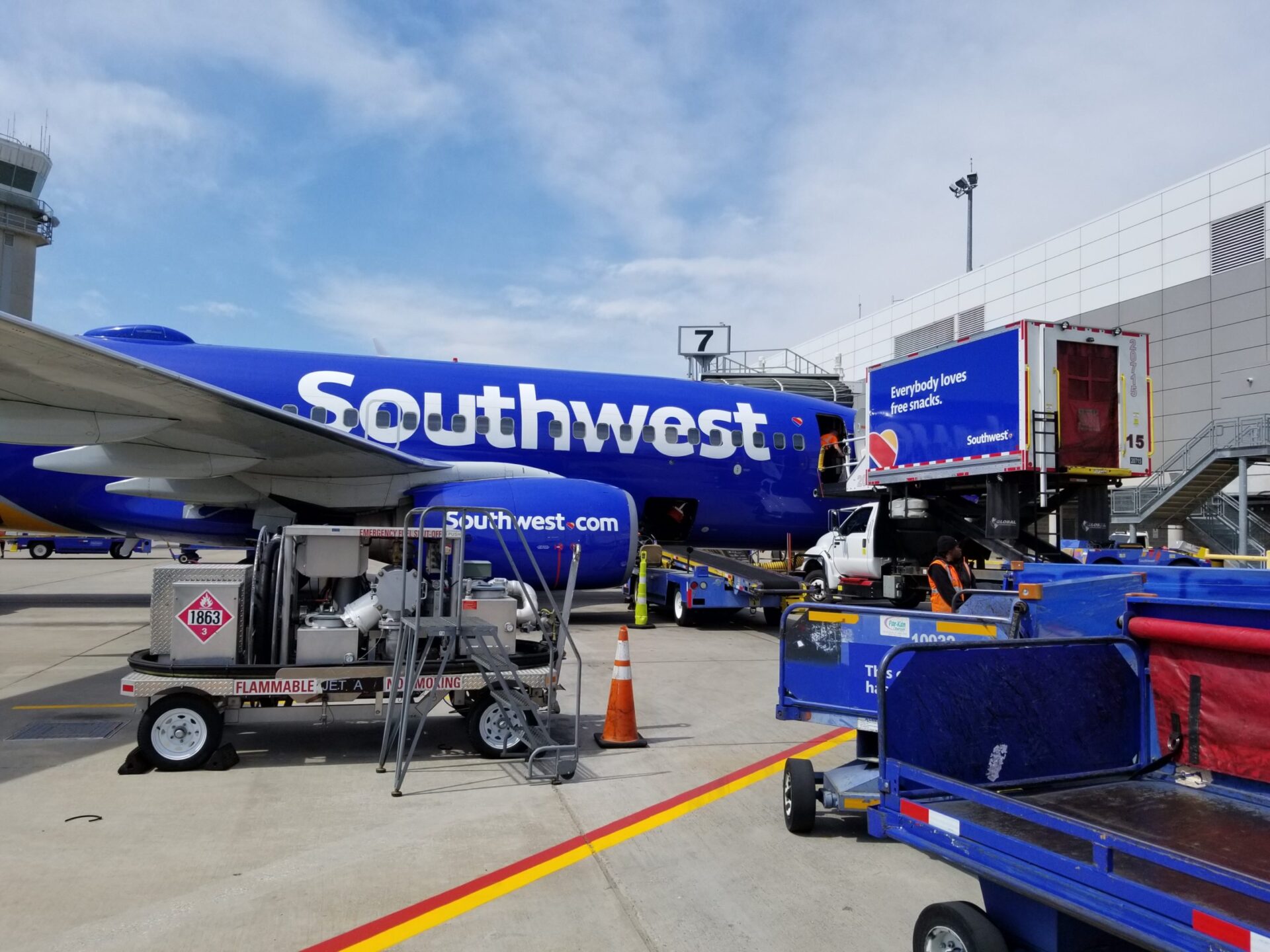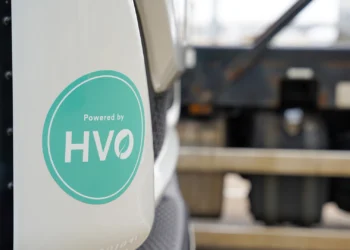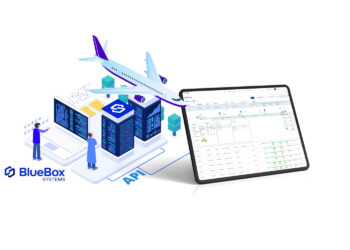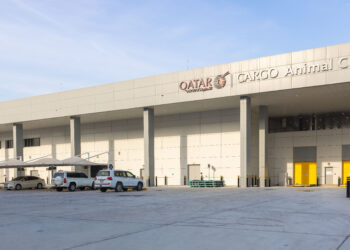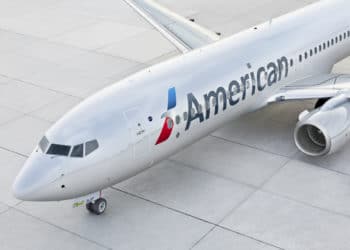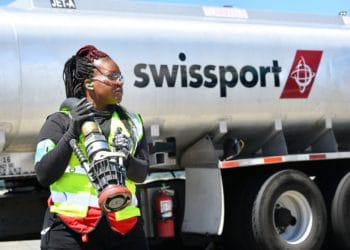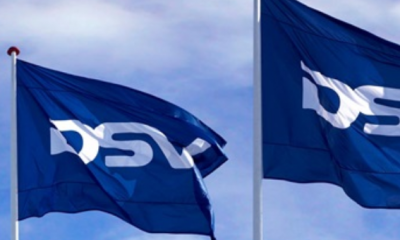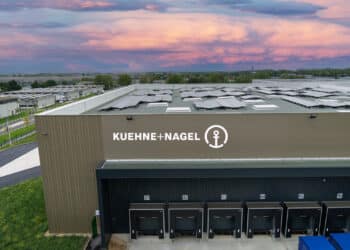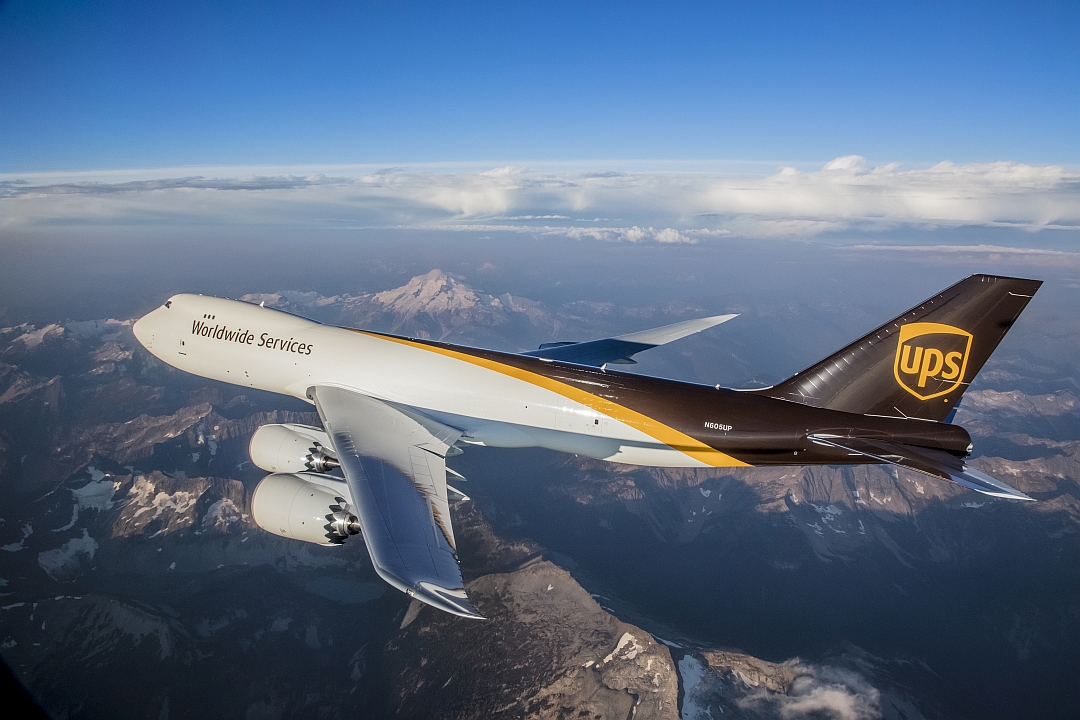No products in the cart.
Innovations in airfreight screening
In roughly four months, all cargo bound for the U.S. on passenger flights must be screened due to a directive by the Transportation Security Administration. Officials pushed back the rule, which was originally slated to go into effect on Dec. 31, 2011, after heated industry feedback.
The new deadline — December 3 — “builds additional risk-based, intelligence-driven procedures into the prescreening process to determine screening protocols on a per-shipment basis,” according to the U.S. agency. Specifically, shipments deemed “high-risk” will undergo enhanced screening, while those marked “low-risk” will go through different physical screening measures.
It’s a relatively straightforward process, the TSA’s Jim Fotenos explains. The agency provides shippers with a catalog of approved screening modes via the TSA Air Cargo Screening Technologies List, with technologies generally grouped into one of four categories: X-ray, explosives detection systems, explosives trace detection and metal detection. Fotenos says the agency regularly informs shippers about new screening developments. It also updates the TSA ACSTL as technologies emerge, which enables parties to “stay ahead of the marketplace,” he maintains.
Daniel Gomez, vice president of security at DHL Express Americas, says the TSA’s process isn’t foolproof, however. Despite praising the agency for making significant strides in airfreight safety — including its mutual recognition of Canada, Switzerland and the European Union’s security programs — Gomez cites some roadblocks to success. For one thing, he says, the agency’s list of approved technologies is restricted, “and because equipment supplies are limited, delivery deadlines may exceed the TSA’s deadline.”
Gomez says another glaring problem is that most of the technologies available are designed to screen baggage — not cargo. What the industry lacks, he says, is “approved, cost-efficient and cargo-specific technology” that can screen bulk freight at the piece level. One major concern right now is this piece-meal screening process. And without the collaborative effort of regulators, carriers and manufacturers, pushing to develop economical screening technologies for bulk cargo, it’s a problem that will remain, Gomez says.
Fotenos agrees that screening technology is somewhat limited, but says this is not for lack of effort. He maintains that the TSA has directly implored the industry to develop technologies capable of screening containers with multiple types of freight. “[This] is how large ULDs are typically packed,” he says.
Whether such innovations come to market before the TSA’s December deadline or not, one fact remains: Manufacturers worldwide are scrambling to develop technologies that help the industry better screen cargo.
Hottest technologies
Several of Morpho Detection’s systems appear on the TSA ACSTL — including the Itemiser DX desktop explosives trace detector, the CTX 5800 and the HRX line of X-ray scanners. The firm also has other technologies in the pipeline, Jay Hill, Morpho’s executive vice president of global strategy and technology, reveals. Currently, however, Hill is most optimistic about the Itemiser system. “One of the most effective ways to stay ahead of potential threats is to deploy a screening program that automatically detects the presence of explosives,” Hill says.
He explains that traditional X-ray systems only detect abnormalities — not explosives. Along with wasting time, this can lead to “potentially dangerous” manual inspections of airfreight, he says. Not that Hill thinks the technology should be completely eliminated, he’s quick to point out. “We believe X-ray systems are useful, but believe that they should be combined with trace detection for accurate identification of explosives,” he says.
In addition to trace detection, Hill cites vapor collection, as well as high-energy X-ray and CT, as other methods that could potentially change the face of cargo screening. Plus, he projects, future technologies will allow security agents to automatically screen mixed-bulk pallets without having to remove individual packages — a true advancement, Hill maintains.
“Next-generation screening technologies have the potential to revolutionize the air cargo industry from packaging to final destination,” he says. “But these developments will require strong collaboration between the public and private sector to ensure optimal utilization and efficiencies.”
Technologies also need to be economical, according to Andrew Goldsmith, vice president of global marketing at Rapiscan Systems. After all, he says, “the greatest screening technology in the world is useless if the private industry can’t afford to use it.” Goldsmith projects that this rationale will lead to the utilization of outsourced, or “screening-as-a-service,” models as nations prepare to meet the TSA’s December deadline. He reveals that his company has already found great success implementing outsourced models in Puerto Rico and Mexico. Rapiscan officials are aiming to streamline screening and air cargo operations, helping to create a model for outsourced security.
Entities that can afford the newest screening technologies, however, have a variety of options. High-tech X-ray systems are arguably Rapiscan’s bread and butter, but Goldsmith sees a lot of promise in materials discrimination — a technology that will come to market very soon, he reveals. Goldsmith explains that materials discrimination allows systems to analyze the chemical makeup of freight, which, he says, tells cargo agents whether the content of the container matches up with the manifest.
Although freight agents can currently distinguish dense cargo from non-dense cargo, Goldsmith says materials discrimination modernizes the process. “In the future, thanks to materials discrimination, these same operators will be able to pick out specific narcotics or threats, allowing for far more sophisticated screening techniques than those used today,” he says. Along with adding another layer of security, this technology will also ease the burden on freight inspectors. It’s a win-win situation, Goldsmith says.
“Airports must select systems that not only properly inspect cargo, but are also operator-friendly,” he says. “If no one can use the screening technology, it doesn’t improve security, does it? Threat-detection software should be included in whatever system is selected, making it simple for operators to swiftly inspect cargo and identify potential threats in cargo images.”
Moving forward, however, Goldsmith says “integration” will be the buzzword in cargo screening. He envisions the global airfreight industry taking a cue from the maritime sector and better integrating their data management systems with screening technology. Such integration provides a layered approach to screening, Goldsmith says, “and it’s where we will likely see air cargo screening technology in the future — as an integrated piece of the cargo puzzle, rather than a standalone, separate system.”
And as cargo agents, governments and freight forwarders around the world prepare to meet the TSA’s rapidly approaching screening deadline, it’s a concept that will likely serve the industry well.
In roughly four months, all cargo bound for the U.S. on passenger flights must be screened due to a directive by the Transportation Security Administration. Officials pushed back the rule, which was originally slated to go into effect on Dec. 31, 2011, after heated industry feedback.
The new deadline — December 3 — “builds additional risk-based, intelligence-driven procedures into the prescreening process to determine screening protocols on a per-shipment basis,” according to the U.S. agency. Specifically, shipments deemed “high-risk” will undergo enhanced screening, while those marked “low-risk” will go through different physical screening measures.
It’s a relatively straightforward process, the TSA’s Jim Fotenos explains. The agency provides shippers with a catalog of approved screening modes via the TSA Air Cargo Screening Technologies List, with technologies generally grouped into one of four categories: X-ray, explosives detection systems, explosives trace detection and metal detection. Fotenos says the agency regularly informs shippers about new screening developments. It also updates the TSA ACSTL as technologies emerge, which enables parties to “stay ahead of the marketplace,” he maintains.
Daniel Gomez, vice president of security at DHL Express Americas, says the TSA’s process isn’t foolproof, however. Despite praising the agency for making significant strides in airfreight safety — including its mutual recognition of Canada, Switzerland and the European Union’s security programs — Gomez cites some roadblocks to success. For one thing, he says, the agency’s list of approved technologies is restricted, “and because equipment supplies are limited, delivery deadlines may exceed the TSA’s deadline.”
Gomez says another glaring problem is that most of the technologies available are designed to screen baggage — not cargo. What the industry lacks, he says, is “approved, cost-efficient and cargo-specific technology” that can screen bulk freight at the piece level. One major concern right now is this piece-meal screening process. And without the collaborative effort of regulators, carriers and manufacturers, pushing to develop economical screening technologies for bulk cargo, it’s a problem that will remain, Gomez says.
Fotenos agrees that screening technology is somewhat limited, but says this is not for lack of effort. He maintains that the TSA has directly implored the industry to develop technologies capable of screening containers with multiple types of freight. “[This] is how large ULDs are typically packed,” he says.
Whether such innovations come to market before the TSA’s December deadline or not, one fact remains: Manufacturers worldwide are scrambling to develop technologies that help the industry better screen cargo.
Hottest technologies
Several of Morpho Detection’s systems appear on the TSA ACSTL — including the Itemiser DX desktop explosives trace detector, the CTX 5800 and the HRX line of X-ray scanners. The firm also has other technologies in the pipeline, Jay Hill, Morpho’s executive vice president of global strategy and technology, reveals. Currently, however, Hill is most optimistic about the Itemiser system. “One of the most effective ways to stay ahead of potential threats is to deploy a screening program that automatically detects the presence of explosives,” Hill says.
He explains that traditional X-ray systems only detect abnormalities — not explosives. Along with wasting time, this can lead to “potentially dangerous” manual inspections of airfreight, he says. Not that Hill thinks the technology should be completely eliminated, he’s quick to point out. “We believe X-ray systems are useful, but believe that they should be combined with trace detection for accurate identification of explosives,” he says.
In addition to trace detection, Hill cites vapor collection, as well as high-energy X-ray and CT, as other methods that could potentially change the face of cargo screening. Plus, he projects, future technologies will allow security agents to automatically screen mixed-bulk pallets without having to remove individual packages — a true advancement, Hill maintains.
“Next-generation screening technologies have the potential to revolutionize the air cargo industry from packaging to final destination,” he says. “But these developments will require strong collaboration between the public and private sector to ensure optimal utilization and efficiencies.”
Technologies also need to be economical, according to Andrew Goldsmith, vice president of global marketing at Rapiscan Systems. After all, he says, “the greatest screening technology in the world is useless if the private industry can’t afford to use it.” Goldsmith projects that this rationale will lead to the utilization of outsourced, or “screening-as-a-service,” models as nations prepare to meet the TSA’s December deadline. He reveals that his company has already found great success implementing outsourced models in Puerto Rico and Mexico. Rapiscan officials are aiming to streamline screening and air cargo operations, helping to create a model for outsourced security.
Entities that can afford the newest screening technologies, however, have a variety of options. High-tech X-ray systems are arguably Rapiscan’s bread and butter, but Goldsmith sees a lot of promise in materials discrimination — a technology that will come to market very soon, he reveals. Goldsmith explains that materials discrimination allows systems to analyze the chemical makeup of freight, which, he says, tells cargo agents whether the content of the container matches up with the manifest.
Although freight agents can currently distinguish dense cargo from non-dense cargo, Goldsmith says materials discrimination modernizes the process. “In the future, thanks to materials discrimination, these same operators will be able to pick out specific narcotics or threats, allowing for far more sophisticated screening techniques than those used today,” he says. Along with adding another layer of security, this technology will also ease the burden on freight inspectors. It’s a win-win situation, Goldsmith says.
“Airports must select systems that not only properly inspect cargo, but are also operator-friendly,” he says. “If no one can use the screening technology, it doesn’t improve security, does it? Threat-detection software should be included in whatever system is selected, making it simple for operators to swiftly inspect cargo and identify potential threats in cargo images.”
Moving forward, however, Goldsmith says “integration” will be the buzzword in cargo screening. He envisions the global airfreight industry taking a cue from the maritime sector and better integrating their data management systems with screening technology. Such integration provides a layered approach to screening, Goldsmith says, “and it’s where we will likely see air cargo screening technology in the future — as an integrated piece of the cargo puzzle, rather than a standalone, separate system.”
And as cargo agents, governments and freight forwarders around the world prepare to meet the TSA’s rapidly approaching screening deadline, it’s a concept that will likely serve the industry well.

